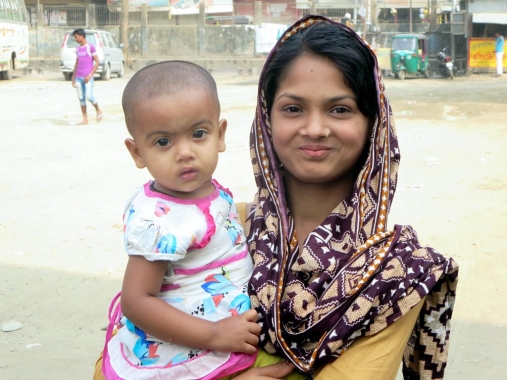Improving Technical Efficiency
Knowledge Products

Mobile phones, mobile money, and other advances in digital financial technology create new opportunities to speed progress towards universal health coverage.

LHSS partnered with colleagues working as part of the USAID MTaPS project to document a practical approach that countries can use to track pharmaceutical expenditure (PE) using the System of Health Accounts (SHA) 2011 framework. This resource contributes to efforts by the World Health Organization to develop global guidance on tracking of PE.
This learning brief can be used as a resource for HRH managers, planners, program managers, and frontline practitioners to learn how other countries are approaching and successfully designing and implementing solutions to their HRH challenges. It can also be used as a reference for health policy makers, funders, and implementing partners to inform the design and implementation of HRH resource optimization initiatives covered in this brief.
This Catalog allows practitioners to consider which interventions have more robust evidence bases to support their practical application, such as: enhancing worker and supervisor competencies through training, offering nonfinancial incentives for high performers, practicing task sharing to promote cost savings, implementing digital solutions to expand access to services, and reducing costs of procuring and distributing pharmaceutical products.
Achieving universal health coverage (UHC) is a global priority and a keystone element of the 2030 Sustainable Development Goals. However, COVID-19 is causing serious impacts on tax revenue and many countries are facing constraints to new investment in health. To advance UHC progress, countries can also focus on improving health system technical efficiency to maximize the service outputs given the current health financing levels.
This report presents findings from LHSS Vietnam's international review of diagnosis-related group contracts and provides a series of evaluations and recommendations.
This report provides a review of international experience to draw out practical and scientific approaches for both the Ministry of Health (MOH) and Vietnam Social Security (VSS) to consider. Conclusions and recommendations are provided.

This report discusses procurement and payment considerations related to the transition of first-line TB drug procurement from the central state budget to the social health insurance fund in Vietnam.

The report outlines the main strategies recommended to address technical inefficiencies and improve the health system's capacity to integrate the Venezuelan migrant population in Colombia.

El informe detalla los esfuerzos de LHSS desde 2020 hasta 2023 en colaboración con el Gobierno de Colombia para mejorar la prestación de servicios de salud a las poblaciones migrantes, con un enfoque en la sostenibilidad financiera. Al implementar la Guía de Eficiencia Técnica de Sistemas de Salud (GET) de USAID, el Ministerio de Salud y Protección Social, el Departamento Nacional de Planeación y LHSS, se buscó mejorar la eficiencia en la asignación de recursos dentro del sector salud. La GET, que incluye cuatro grupos analíticos tradicionales—prestación de servicios, fuerza laboral en salud, productos farmacéuticos y financiamiento y gobernanza—se amplió para incluir un quinto grupo, Sistemas de Información, para satisfacer las necesidades específicas de Colombia. LHSS adaptó la guía mediante análisis de expertos y discusiones participativas con actores clave para identificar ineficiencias y proponer recomendaciones prácticas. El informe detalla las principales estrategias recomendadas para abordar estas ineficiencias y mejorar la capacidad del sistema de salud para integrar a la población migrante venezolana.

LHSS collaborated with the Colombian Government to identify opportunities for optimization in the General Social Security Health System (SGSSS). Using USAID's Technical Efficiency Guide (TEG) adapted to the Colombian context.

Este anexo presenta las dimensiones de las prestaciones de salud en detalle, incluyendo las recomendaciones, las fuentes de trabajo, actividades, líneas de tiempo, y las organizaciones responsables.











